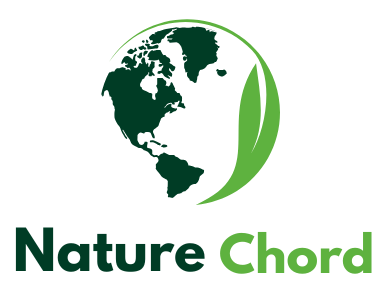Rainwater Harvesting for Water Playgrounds and Interactive Parks
Rainwater harvesting is gaining momentum as an innovative solution to address water scarcity and promote sustainable practices. By integrating this technique into playgrounds and interactive parks, communities can enhance the play experience for children while fostering environmental awareness. In this article, we will explore the joys and benefits of rainwater harvesting in water playgrounds and interactive parks, transforming recreational spaces into vibrant, eco-friendly environments.
Discover the Joy of Rainwater Harvesting in Playgrounds
Rainwater harvesting systems in playgrounds allow for the collection and storage of rainwater, making use of this precious resource in a fun and engaging way. Children can splash around in water features that rely on harvested rain, fostering a sense of connection to nature. This unique approach not only enhances play experiences but also cultivates curiosity and an appreciation for sustainability in young minds. Interactive water features, such as fountains and splash pads, can be designed to recycle rainwater, ensuring that every drop is cherished while keeping kids cool during hot summer days.
Moreover, the implementation of rainwater harvesting systems can transform ordinary playgrounds into educational hubs. Children can learn about the water cycle, conservation, and the importance of using natural resources wisely through hands-on experiences. Incorporating informational signage and interactive displays will engage children and families, encouraging them to think critically about their water usage and inspiring them to adopt sustainable practices in their daily lives.
Transforming Parks with Interactive Water Features
The incorporation of rainwater harvesting into parks creates a magical atmosphere filled with interactive water features that invite play and exploration. By utilizing collected rainwater for splash pads, water games, and flowing streams, parks can become enchanting spaces where children can immerse themselves in imaginative play. These water features provide endless opportunities for creative storytelling and physical activity, as children run, splash, and explore in an engaging environment designed for sensory experiences.
In addition to being fun, these interactive water features can also foster community engagement. Families often gather in parks for picnics, celebrations, and recreational activities, creating a sense of belonging and connection. When parks include rainwater harvesting systems, they become hubs of sustainability education and community pride, encouraging visitors to understand the importance of conserving water and protecting their local environment. As children play and learn in these spaces, they become stewards of the earth, paving the way for a brighter, more sustainable future.
Benefits of Sustainable Water Play for Kids and Nature
Sustainable water play not only delights children but also provides numerous environmental benefits. By using rainwater instead of municipal water for park features, communities can reduce their overall water consumption and lessen the strain on local resources. This practice helps to alleviate the pressure on water treatment facilities and supports local ecosystems, allowing for healthier habitats in surrounding areas. Additionally, rainwater harvesting reduces stormwater runoff, which can lead to pollution and flooding; thus, these systems contribute to improved water quality in local waterways.
Furthermore, water play areas designed with sustainability in mind promote physical health and social interaction among children. Engaging in active play has been linked to improved motor skills, coordination, and overall well-being. Water playgrounds encourage teamwork, sharing, and friendship, as children come together to create their own games and adventures. By providing safe, accessible spaces for water play, communities can foster inclusivity and ensure that all children have the opportunity to enjoy outdoor activities in a nurturing environment.
Join the Fun: Creating Rainwater-Friendly Communities!
Creating rainwater-friendly communities requires collaboration, creativity, and commitment. Local governments, schools, and community organizations can work together to design and implement rainwater harvesting systems in parks and playgrounds. By hosting workshops, educational programs, and community events, they can engage families in discussions about the importance of water conservation and sustainable practices. Everyone has a role to play in building a greener future, and this collective effort can lead to significant positive changes in our environment.
Moreover, community involvement in the design and maintenance of water playgrounds can foster a sense of ownership and pride. When families participate in planting trees, installing rain barrels, or maintaining water features, they develop a deeper connection to their environment and to one another. So, let’s join forces to create rainwater-friendly playgrounds and parks where children can play, learn, and grow, all while being champions of sustainability. Together, we can ensure that future generations have access to vibrant, interactive spaces that celebrate the beauty of nature and the joy of water play.
In conclusion, rainwater harvesting offers an exciting and sustainable method to enhance playgrounds and interactive parks. By transforming these spaces into eco-friendly environments, we foster a culture of conservation and connection to nature among our youngest citizens. As communities come together to create water-friendly recreational areas, we not only enrich children’s play experiences but also contribute to the health of our planet. Let’s embrace the joy of rainwater harvesting and create engaging spaces where creativity, learning, and sustainability flourish!
